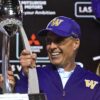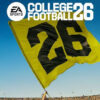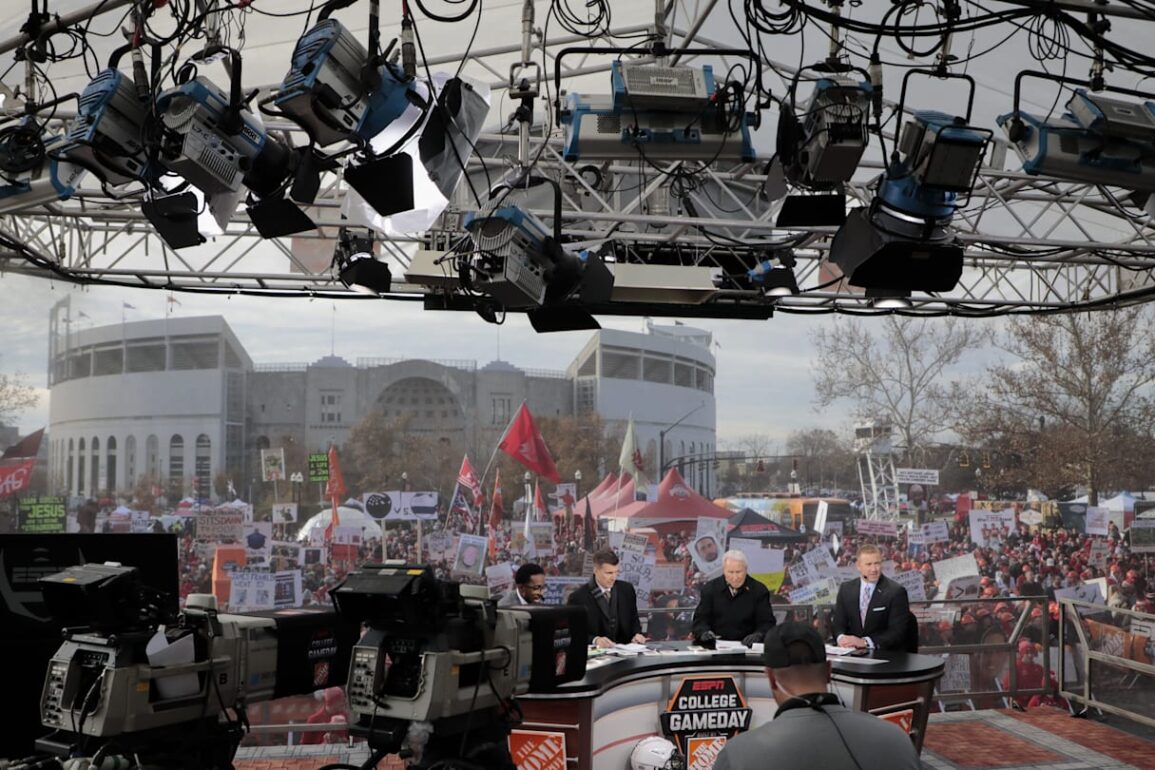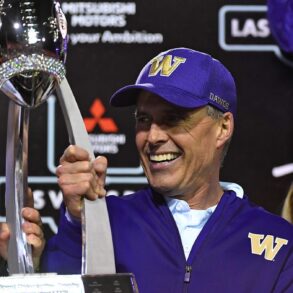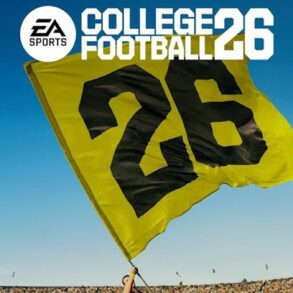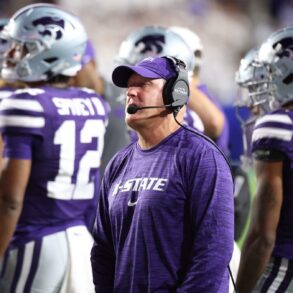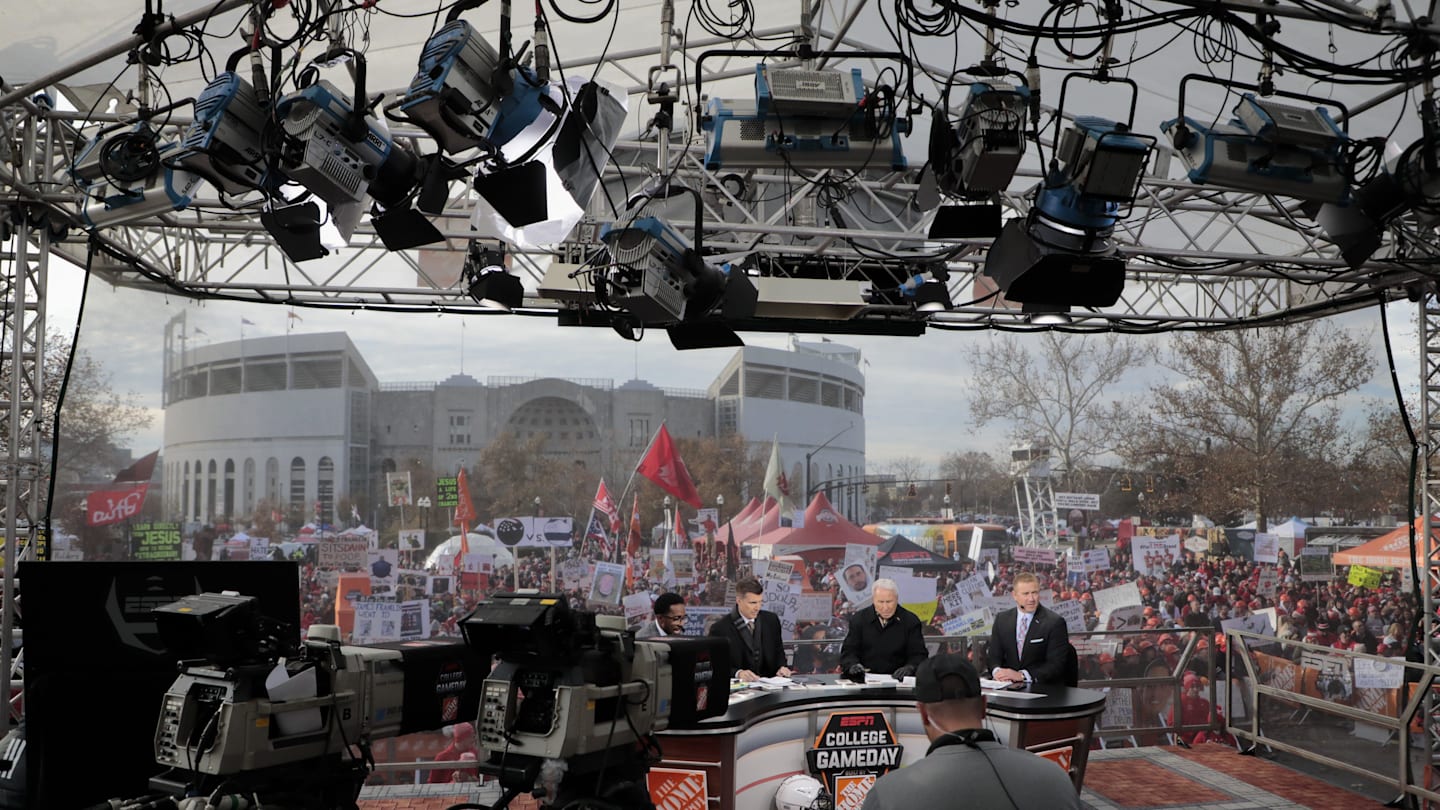
As the weather warms across the country and spring slowly transitions into summer with the arrival of Memorial Day, the football offseason celebrates crossing its midway point by doing something that’s a common occurrence in corporate America: holding meetings.
Simmering in the background of these gatherings—at both levels of the football divide—is something that portends to be the next great tug-of-war between the NFL and its college counterpart: the football calendar itself.
The NFL’s encroachment on its feeder system’s turf in this area has been prolonged and gotten increasingly overt in recent years, but could be on the verge of clashing even more directly in the not too distant future.
Sources tell Sports Illustrated that work is expected to resume this summer—pending the House v. NCAA settlement being approved—on reexamining college football’s overarching calendar to include everything from the potential for new NFL-style organized team activities (OTAs) after the current spring practice window to portal reform that includes just one transfer window. As the NCAA side of the shop looks to enact reform in these areas, the simple fact of there being only so many dates and TV windows to slot in an expanding product could result in more direct competition with the 900-pound gorilla of the sports landscape.
Take Thursday nights as a glaring example of how this has played out somewhat recently. ESPN helped pioneer the usage of midweek college football games to spotlight programs beyond the usual bluebloods for years and created a big-game feel by assigning top talent like Chris Fowler and Kirk Herbstreit to call games. While the NFL had occasionally dabbled with playing a select number of games on that night, new media deals signed in advance of the 2006 season ushered in an era of “Thursday Night Football” as a regular occurrence at the professional level with a separate package of games that aired on the league’s network.
As that package continued to wax in the years since, adding games as part of even larger rights deals to the point where streamer Amazon is paying billions for a slate of exclusive games over 11 years, college football’s ability to showcase games on Thursdays waned significantly.
Back in 2006, ESPN carried 13 games on Thursday nights featuring at least one BCS conference team—eight of which also involved at least one ranked team. A top-five matchup midweek in early November involving the No. 5 Louisville Cardinals beating the No. 3 West Virginia Mountaineers even drew ESPN’s second-biggest audience for a college football game on the network ever at the time.
This past season, however, just four college football games were broadcast on Thursday involving a power-conference team and only one of them had a ranked team (the No. 19 Pitt Panthers hosted the Syracuse Orange on Oct. 24). If there are any appealing matchups that have been shifted off Saturday in recent years, chances are they were moved to the domain of high school football and played on Friday nights across the country.
The NFL’s actions also speak loudly on Saturday when the Sports Broadcasting Act of 1961 allows the league to start airing games on college football’s typical place in the week starting after the second weekend of December. While in the past this hasn’t been a big deal, it is nowadays with a 12-game college football slate during the regular season with a conference championship weekend tacked on and an expanded playoff that now has four rounds worth of action.
When the CFP initially put out dates for its inaugural 12-team tournament, there was hope among some in college football circles that the NFL would opt to avoid going head-to-head with the three first-round games on Dec. 20, 2024. The league instead scheduled two marquee games—featuring the Kansas City Chiefs against the Houston Texans plus the Baltimore Ravens and the Pittsburgh Steelers—and put both on over-the-air networks to help bolster their reach even further.
That prompted the CFP’s new executive director, Rich Clark, to travel to New York just a few months into the job last year to engage NFL commissioner Roger Goodell on that subject. There seemed to be good dialogue coming out of the pair’s meeting. Clark even acknowledged prior to this year’s national title game in Atlanta that the NFL “had committed” to work with the playoff on dates and times of games so that both could benefit.
Yet last week when the NFL released its 2025 schedule in full, what did they do for this coming season on the lone Saturday that posed a conflict between the two sides? Only schedule the league’s oldest rivalry between the Chicago Bears and Green Bay Packers as part of a doubleheader on Fox that also involved a rematch of last season’s NFC title game between the Philadelphia Eagles and Washington Commanders.
Hardly the kind of “commitment” that CFP brass was expecting after its initial outreach last fall.
“The NFL is going to do what the NFL is going to do,” says one FBS commissioner with knowledge of the situation. “ESPN has shown us some data and positive trends on viewership, but we all know it could be even bigger.”
Congress has also noticed this brewing gridiron calendar clash.
Senate Commerce Committee chairman Ted Cruz (R-Texas) recently held a hearing on the subject of sports being broadcast on streaming and seemed to hint at college football potentially needing its own antitrust exemption to help protect against such conflicts if they become even more of an issue.
“One growing concern is that the NFL has used its special exemption in the SBA to the frustration of college and high school football schedulers. For example, the SBA explicitly excludes antitrust protection for the NFL if broadcasting a game on a Friday night or a Saturday between mid-September to mid-December. That’s to protect the interests of high school and college football, and ultimately, their fans who are no doubt also followers of the NFL,” said Cruz earlier this month. “The NFL has tiptoed up to this rule, now putting a game on streaming on Black Friday afternoon, which used to be a slot reserved for prominent college football rivalries, including in some years, Texas and Texas A&M. There are millions of sports fans who like being able to follow high school, college and professional football without having to choose amongst them. And it’s partly why Congress wrote the SBA in the manner it did.”
Signs are not encouraging for those running in college circles that the push and pull between the two entities is going away anytime soon no matter what Congress might threaten, especially when peeking over the horizon at what’s to come.
To start with, the CFP format first needs to be figured out for the 2026 season and beyond. While there was initially talk of some minor tweaks to the current 12-team setup, including the straight seeding adjustment announced Thursday, there’s been a growing consensus around a 16-team bracket ultimately being the choice following recent meetings among the Power 4 commissioners. That could result in either doubling the number of games played that first weekend (from four across two days to eight) or, even, moving up the start of the playoff to encroach on the traditional date of the Army Black Knights–Navy Midshipmen game on the second Saturday of December.
On top of figuring out the end of the season, there’s the matter of altering the start and tweaking the offseason too, there is expected to be a hefty discourse over the coming months on moving the season start up to what is currently Week Zero in order to accommodate the expanded postseason. While that could allow for less head-to-head competition between the CFP and NFL in December, it poses other issues across the course of a full season before even getting into playing more games in the middle of the August heat for many programs.
“The [TV networks] don’t want it,” says one senior administrator at a power conference, noting that many schools are not thrilled at the prospect of moving away from their traditional rivalry week dates around Thanksgiving that would also be a part of such a move. “But we might have to push up anyway.”
Any decision to move off the traditional four- or five-day opening weekend centered around Labor Day comes with its own complication of the NFL pushing college football off the week first. The league hasn’t played regular-season games on Labor Day weekend since 2001, but a shifting schedule in the pros could be inevitable without giving college football’s preference a second thought.
Ask anyone connected in NFL circles about a move toward adding an 18th game and it’s being treated as almost fait accompli even if it was only a deep background issue at the two most recent owners meetings. If that were to end up happening in the near future (the NFL can opt out of its current CBA and media deals near the end of the decade), the expectation is that the league’s own calendar would shift the start of the season up to Labor Day weekend, with an additional bye being added to force the Super Bowl to occur right around President’s Day in February.
That would give the biggest sporting event in the country a three-day weekend to wrap up its months-long campaign—talk about a real national sports holiday—and potentially allow for those December first-round CFP games some breathing room when it comes to competition. It’s possible that instead of going head-to-head on those first Saturdays where the NFL could broadcast games, they could instead play additional late-season contests overseas as part of a new international media package that would then serve as a lead-in to college games in mid-December stateside.
At this point though, that’s just talk in the ether (and back rooms) as actual decision making on such subjects gets pushed back further and further while both the NFL and college football attempt to sort out some of the thorny subjects taking a bit more urgency on the docket.
There will come a time, however, when the time and dates of games become front and center once again as executives start looking at the calendar holistically in each respective sport.
Based on recent interactions and exchanges between the two, the delicate song and dance around each other on staking claim to territory that was previously unquestioned might become a little more heated.
This post was originally published on this site be sure to check out more of their content.


